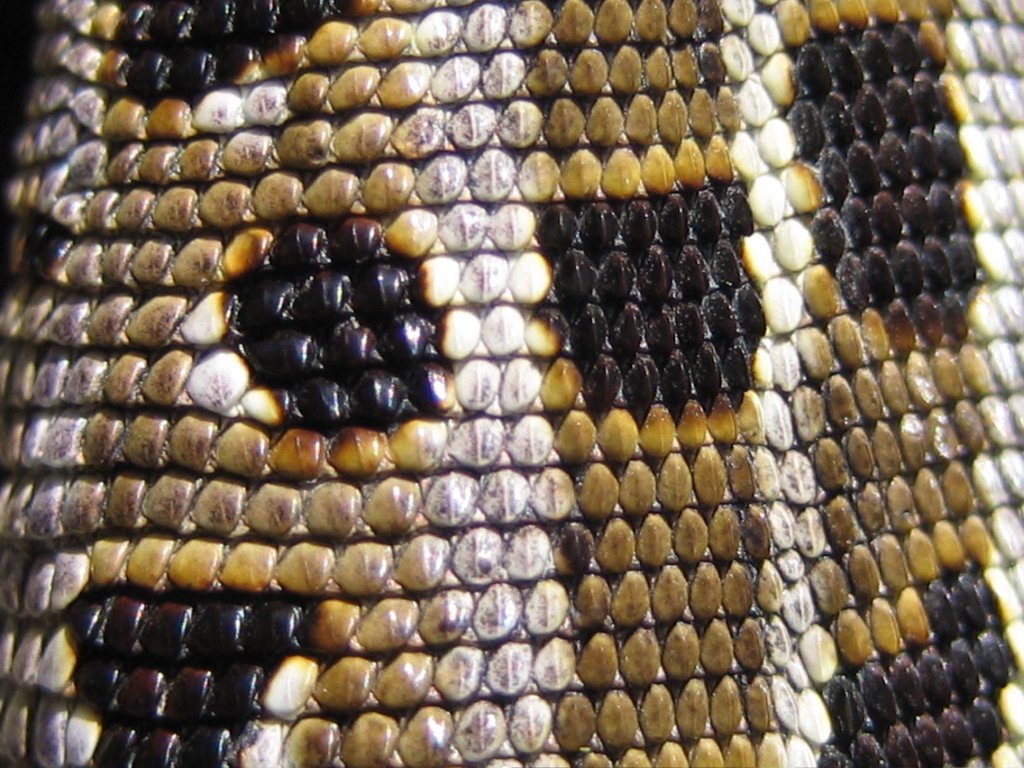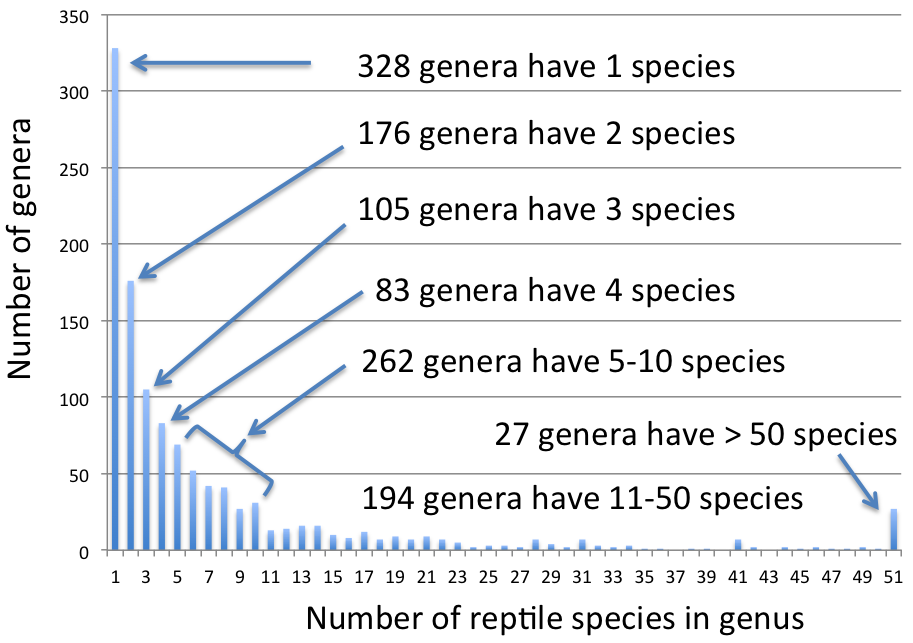|
Hoplodactylus
''Hoplodactylus'' is a genus of geckos in the family Diplodactylidae. The genus is endemic to New Zealand, one of the seven genera of geckos found only in New Zealand. ''Hoplodactylus'' comprises three species of large to gigantic brownish lizards, one of which is extinct. Description Species in this genus (now split into several genera) tend to have rather dull colouration with little variation on a generally brown/grey theme, although mottled greens are seen in some species, notably the forest gecko (''Mokopirirakau granulatus''). The one exception to this rule of general drabness in colouration is the striking "herring boned" colour pattern of green, brown, black and white that is displayed by the "Harlequin Gecko" (''Tukutuku rakiurae''). Although generally species of this genus cannot compete with those of ''Naultinus'' in terms of their vivid and beautiful colouration, ''Hoplodactylus'' species do have the ability to subtly change their skin colour pattern to give b ... [...More Info...] [...Related Items...] OR: [Wikipedia] [Google] [Baidu] |
Hoplodactylus Tohu
''Hoplodactylus'' is a genus of geckos in the family Diplodactylidae. The genus is endemic to New Zealand, one of the seven genera of geckos found only in New Zealand. ''Hoplodactylus'' comprises three species of large to gigantic brownish lizards, one of which is extinct. Description Species in this genus (now split into several genera) tend to have rather dull colouration with little variation on a generally brown/grey theme, although mottled greens are seen in some species, notably the forest gecko (''Mokopirirakau granulatus''). The one exception to this rule of general drabness in colouration is the striking "herring boned" colour pattern of green, brown, black and white that is displayed by the "Harlequin Gecko" (''Tukutuku rakiurae''). Although generally species of this genus cannot compete with those of ''Naultinus'' in terms of their vivid and beautiful colouration, ''Hoplodactylus'' species do have the ability to subtly change their skin colour pattern to give better ... [...More Info...] [...Related Items...] OR: [Wikipedia] [Google] [Baidu] |
Duvaucel's Gecko
Duvaucel's gecko (''Hoplodactylus duvaucelii'') is a species of lizard in the family Diplodactylidae. The species is endemic to New Zealand. Geographic range ''H. duvaucelii'' is found on predator-free offshore islands of New Zealand, including Great Barrier Island and a number of Cook Strait islands. In March 2010 a Duvaucel's gecko was caught in a trap at the nature reserve Maungatautari, indicating that it is likely not extinct from mainland New Zealand. Genetic analysis confirmed that this gecko specimen represents a relic mainland population. Description ''H. duvaucelii'' may attain a total length (including tail) of up to , with a snout-to-vent length (SVL) up to , weighing up to 120 grams (4.2 ounces), making it the largest living gecko in New Zealand. The oldest known wild Duvaucel's gecko was aged at least 36 years. Duvaucel's gecko is a heavy-bodied lizard with a relatively large head, and long toes with expanded pads. Its colouration is mainly grey, often with a fai ... [...More Info...] [...Related Items...] OR: [Wikipedia] [Google] [Baidu] |
Hoplodactylus Duvaucelii
Duvaucel's gecko (''Hoplodactylus duvaucelii'') is a species of lizard in the family Diplodactylidae. The species is endemic to New Zealand. Geographic range ''H. duvaucelii'' is found on predator-free offshore islands of New Zealand, including Great Barrier Island and a number of Cook Strait islands. In March 2010 a Duvaucel's gecko was caught in a trap at the nature reserve Maungatautari, indicating that it is likely not extinct from mainland New Zealand. Genetic analysis confirmed that this gecko specimen represents a relic mainland population. Description ''H. duvaucelii'' may attain a total length (including tail) of up to , with a snout-to-vent length (SVL) up to , weighing up to 120 grams (4.2 ounces), making it the largest living gecko in New Zealand. The oldest known wild Duvaucel's gecko was aged at least 36 years. Duvaucel's gecko is a heavy-bodied lizard with a relatively large head, and long toes with expanded pads. Its colouration is mainly grey, often with a ... [...More Info...] [...Related Items...] OR: [Wikipedia] [Google] [Baidu] |
Hoplodactylus Delcourti
''Hoplodactylus delcourti'', also commonly known as ''kawekaweau'', Bauer AM, Russell AP (1986)"''Hoplodactylus delcourti'' n. sp. (Reptilia: Gekkonidae), the largest known gecko", ''New Zealand Journal of Zoology'' 13: 141–148. Delcourt's sticky-toed gecko Beolens, Bo; Watkins, Michael; Grayson, Michael (2011). ''The Eponym Dictionary of Reptiles''. Baltimore: Johns Hopkins University Press. xiii + 296 pp. . (''Hoplodactylus delcourti'', p. 69). and Delcourt's giant gecko, is an extinct species of lizard in the family Diplodactylidae. The species was the largest known of all geckos, with a snout-to-vent length (SVL) of and an overall length (including tail) of at least . Scientifically it is known from just one taxidermied specimen that was rediscovered unlabelled in a museum in France. The origin of the specimen is unknown; New Zealand and New Caledonia have been suggested. The idea that ''Hoplodactylus delcourti'' is the ''kawekaweau'' of Maori tradition has been conte ... [...More Info...] [...Related Items...] OR: [Wikipedia] [Google] [Baidu] |
Diplodactylidae
The Diplodactylidae are a family in the suborder Gekkota (geckos), with over 150 species in 25 genera. These geckos occur in Australia, New Zealand, and New Caledonia. Diplodactylids are the most ecologically diverse and widespread family of geckos in both Australia and New Caledonia, and are the only family of geckos found in New Zealand. Three diplodactylid genera ('' Oedura'', '' Rhacodactylus'', and ''Hoplodactylus'') have recently been split into multiple new genera. In previous classifications, the family Diplodactylidae is equivalent to the subfamily Diplodactylinae. Habitat Like other geckos, Diplodactylidae often live in warm areas that are around the temperature of . They mostly live in rain forests, up in the trees for protection. However, they are also found in cooler climates such as those found in southern New Zealand, where they have been found to be active in temperatures ranging from 1.4 to 31.9C. Reproduction Viviparity is notable as a trait unique to di ... [...More Info...] [...Related Items...] OR: [Wikipedia] [Google] [Baidu] |
Maungatautari Restoration Project
Maungatautari is a mountain, rural community, and ecological area near Cambridge in the Waikato region in New Zealand's central North Island. The New Zealand Ministry for Culture and Heritage gives a translation of "mountain of the upright stick" for . The Maungatautari Restoration Project is the largest ecological restoration Restoration ecology is the scientific study supporting the practice of ecological restoration, which is the practice of renewing and restoring degraded, damaged, or destroyed ecosystems and habitats in the environment by active human interrupt ... project in New Zealand. The project is engineered to remove all non-native pest mammals and predators and restore endangered native flora and fauna to Maungatautari. There is no intention to restrict all introduced birds, but efforts will be made to control exotic wasps. It includes private land and a government-owned scenic reserve administered by Waipa District Council. It is a community project managed ... [...More Info...] [...Related Items...] OR: [Wikipedia] [Google] [Baidu] |
Lizard Genera
Lizards are a widespread group of squamate reptiles, with over 7,000 species, ranging across all continents except Antarctica, as well as most oceanic island chains. The group is paraphyletic since it excludes the snakes and Amphisbaenia although some lizards are more closely related to these two excluded groups than they are to other lizards. Lizards range in size from chameleons and geckos a few centimeters long to the 3-meter-long Komodo dragon. Most lizards are quadrupedal, running with a strong side-to-side motion. Some lineages (known as "legless lizards"), have secondarily lost their legs, and have long snake-like bodies. Some such as the forest-dwelling '' Draco'' lizards are able to glide. They are often territorial, the males fighting off other males and signalling, often with bright colours, to attract mates and to intimidate rivals. Lizards are mainly carnivorous, often being sit-and-wait predators; many smaller species eat insects, while the Komodo eats mammals ... [...More Info...] [...Related Items...] OR: [Wikipedia] [Google] [Baidu] |
Genus
Genus ( plural genera ) is a taxonomic rank used in the biological classification of living and fossil organisms as well as viruses. In the hierarchy of biological classification, genus comes above species and below family. In binomial nomenclature, the genus name forms the first part of the binomial species name for each species within the genus. :E.g. '' Panthera leo'' (lion) and '' Panthera onca'' (jaguar) are two species within the genus ''Panthera''. ''Panthera'' is a genus within the family Felidae. The composition of a genus is determined by taxonomists. The standards for genus classification are not strictly codified, so different authorities often produce different classifications for genera. There are some general practices used, however, including the idea that a newly defined genus should fulfill these three criteria to be descriptively useful: # monophyly – all descendants of an ancestral taxon are grouped together (i.e. phylogenetic analysis should c ... [...More Info...] [...Related Items...] OR: [Wikipedia] [Google] [Baidu] |
Brown Rat
The brown rat (''Rattus norvegicus''), also known as the common rat, street rat, sewer rat, wharf rat, Hanover rat, Norway rat, Norwegian rat and Parisian rat, is a widespread species of common rat. One of the largest muroids, it is a brown or grey rodent with a head and body length of up to long, and a tail slightly shorter than that. It weighs between . Thought to have originated in northern China and neighbouring areas, this rodent has now spread to all continents except Antarctica, and is the dominant rat in Europe and much of North America. With rare exceptions, the brown rat lives wherever humans live, particularly in urban areas. Selective breeding of the brown rat has produced the fancy rat (rats kept as pets), as well as the laboratory rat (rats used as model organisms in biological research). Both fancy rats and laboratory rats are of the domesticated subspecies ''Rattus norvegicus domestica''. Studies of wild rats in New York City have shown that populations liv ... [...More Info...] [...Related Items...] OR: [Wikipedia] [Google] [Baidu] |
Endemic Reptiles Of New Zealand
Endemism is the state of a species being found in a single defined geographic location, such as an island, state, nation, country or other defined zone; organisms that are indigenous to a place are not endemic to it if they are also found elsewhere. For example, the Cape sugarbird is found exclusively in southwestern South Africa and is therefore said to be ''endemic'' to that particular part of the world. An endemic species can be also be referred to as an ''endemism'' or in scientific literature as an ''endemite''. For example '' Cytisus aeolicus'' is an endemite of the Italian flora. ''Adzharia renschi'' was once believed to be an endemite of the Caucasus, but it was later discovered to be a non-indigenous species from South America belonging to a different genus. The extreme opposite of an endemic species is one with a cosmopolitan distribution, having a global or widespread range. A rare alternative term for a species that is endemic is "precinctive", which applies to sp ... [...More Info...] [...Related Items...] OR: [Wikipedia] [Google] [Baidu] |
Genus
Genus ( plural genera ) is a taxonomic rank used in the biological classification of living and fossil organisms as well as viruses. In the hierarchy of biological classification, genus comes above species and below family. In binomial nomenclature, the genus name forms the first part of the binomial species name for each species within the genus. :E.g. '' Panthera leo'' (lion) and '' Panthera onca'' (jaguar) are two species within the genus ''Panthera''. ''Panthera'' is a genus within the family Felidae. The composition of a genus is determined by taxonomists. The standards for genus classification are not strictly codified, so different authorities often produce different classifications for genera. There are some general practices used, however, including the idea that a newly defined genus should fulfill these three criteria to be descriptively useful: # monophyly – all descendants of an ancestral taxon are grouped together (i.e. phylogenetic analysis should c ... [...More Info...] [...Related Items...] OR: [Wikipedia] [Google] [Baidu] |



.jpg)
